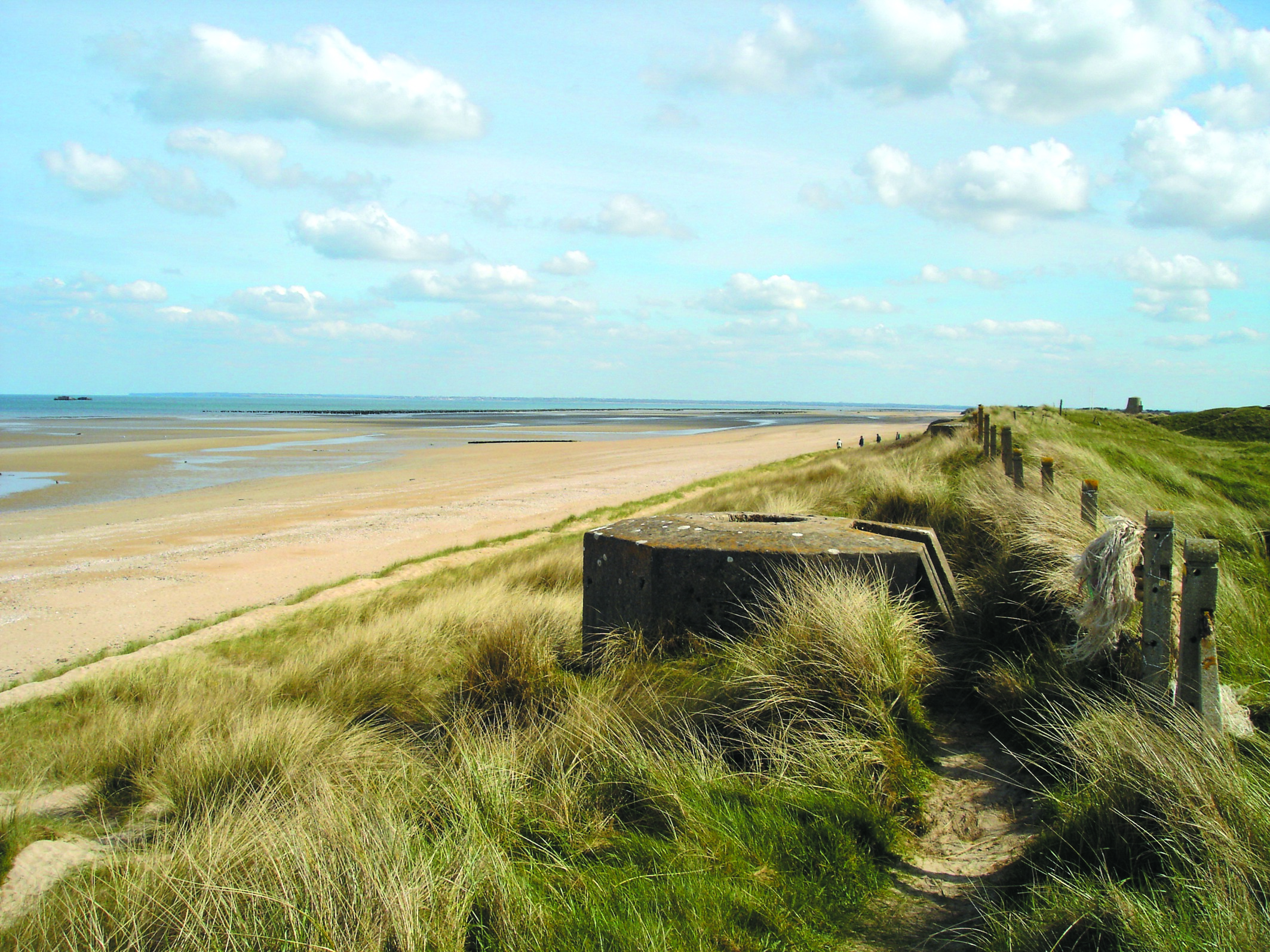

Other airborne troops destroyed bridges over the River Dives to prevent German reinforcements from arriving, and they also took out a key German artillery battery in a bloody firefight.

Within minutes, they had taken hold of Pegasus Bridge over the Caen Canal and nearby Horsa Bridge over the River Orne. Though they didn’t quite meet their objective of taking Carpiquet airport, they captured several towns and linked up with the British on adjacent Gold Beach.Īround midnight, British airborne troops, along with a battalion of Canadians, dropped behind enemy lines to secure the invasion’s eastern flank, just as the Americans were doing near Utah. In fact, the Canadians advanced further inland than either their American or British counterparts. After fighting their way off the beach, however, German resistance slowed immensely, and the march into the interior went quickly. Other Canadians lacked any tank support at all. In the confusion, an Allied tank inadvertently ran over some of the wounded, stopping only when a Canadian captain blew its track off with a grenade. The first hour was particularly brutal, with a casualty rate approaching 50 percent for the leading assault teams. Upon finally disembarking, Canadian soldiers were then cut down in droves by Germans firing from seaside houses and bunkers. By nightfall, the Americans had carved out a tenuous toehold about 1.5 miles deep.Ħ Scandals That Rocked the Winter OlympicsĪt Juno, Allied landing craft once again struggled with rough seas, along with offshore shoals and enemy mines. warships that moved perilously close to shore to fire shells at the German fortifications. Assistance came from a group of Army Rangers who scaled a massive promontory between Omaha and Utah to take out artillery pieces stashed in an orchard, and from U.S. Slowly but surely, however, his men began making it across the beach to the relative safety of the seawall at the foot of the bluffs and then up the bluffs themselves. Lieutenant General Omar Bradley considered abandoning the entire operation. infantrymen in the initial waves of the attack were then gunned down in mass by German machine-gun fire. To make matters worse, an aerial bombardment did little damage to the strongly fortified German positions, rough surf wreaked havoc with the Allied landing craft and only two of 29 amphibious tanks launched at sea managed to reach the shore. The troubles for the Americans began early on, when Army intelligence underestimated the number of German soldiers in the area.

troops turning up dead, wounded or missing. Surrounded by steep cliffs and heavily defended, Omaha was the bloodiest of the D-Day beaches, with roughly 2,400 U.S. By noon, his men had linked up with some of the paratroopers, and by day’s end they had advanced four miles inland, suffering relatively few casualties in the process. Brigadier General Theodore Roosevelt Jr., the son of former President Theodore Roosevelt, shouted upon realizing the mistake. Luckily for them, this area was actually less well protected. forces landed more than a mile away from their intended destination, due in part to strong currents. Forced to improvise, they nonetheless succeeded in seizing the four causeways that served as the beach’s only exit points. Those who landed, meanwhile, often found themselves outside of their designated drop zones. One even hung from a church steeple for two hours before being captured. Weighed down by their heavy equipment, many drowned in the flooded marshlands at the rear of the beach, and others were shot out of the sky by enemy fire.

paratroopers dropped inland behind enemy lines. In the predawn darkness of June 6, thousands of U.S. The westernmost of the D-Day beaches, Utah was added to the invasion plans at the eleventh hour so that the Allies would be within striking distance of the port city of Cherbourg.


 0 kommentar(er)
0 kommentar(er)
